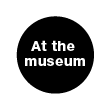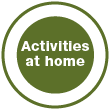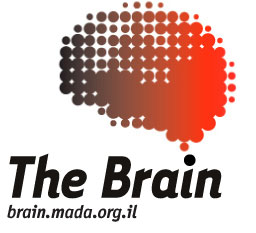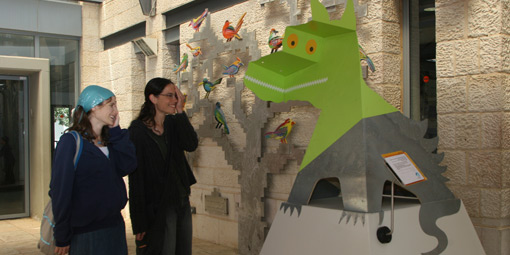


 |
||
|
The Dragon's Gaze Are you ready to create your own enchanted dragon from a simple sheet of paper? Something strange will happen when you look at it out of one eye and move your head from side to side. The creature will seem to be following you! This illusion was the inspiration for the large and impressive sculpture at the entrance to the Science Museum. What to do
Now, close one eye, keep looking at the dragon with the other eye, and move your head from side to side. Is the dragon following you? Note: Be sure to stare at the dragon for several seconds with your open eye, and try consciously to see its face as three-dimensional. Where's the science here? As we travel through our world, the picture of stationary objects reaching our eyes changes all the time. Yet we know it's not the objects that are moving; it's our perspective that's changing. Our brains build a model of a change that's likely to take place, and when conditions are exactly in line with that model, no illusion is created. When the change does not coincide with our brain's model, we sense that the object is moving. In both the Spinning Head illusion [link] and the Dragon's Gaze illusion, the change that takes place is the opposite of what we expect. Our sense, then, is that the object turns in our direction. The dragon follows us as we turn our heads left and right. If we nod our heads up and down, the dragon's head will appear to be imitating that movement as well.
|
||

